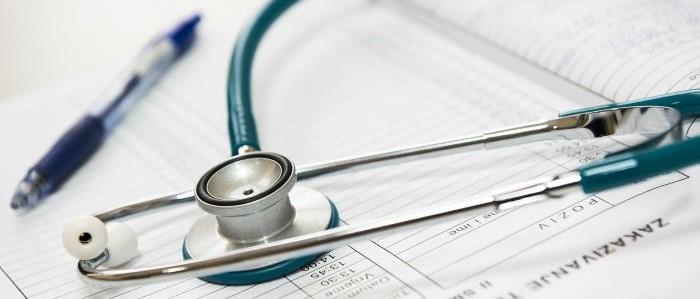Determining the Physiological Interaction Between Diet and Alcohol Intake in Male Mice
Publication Date
4-1-2019
Document Type
Article
Abstract
Poor nutrition and alcohol intake are leading environmental factors associated with morbidity and mortality worldwide. However, the physiological interactions between poor diet and excessive alcohol intake remain unclear. Prior research from our lab showed diet significantly influenced measures of kidney and liver function in mice exposed to alcohol for 3 weeks. However, it was unclear whether the effects were due to diet, chronic alcohol consumption, or an additive effect of both. All experiments were performed in accordance with protocols approved by the Liberty University IACUC and conform to the FASEB standards for the use of animals in research and education. Weanling (3-week old) male mice from the C57Bl/6 strain were purchased from The Jackson Laboratory and acclimated to a standard chow diet and housing for 7 days. Mice were then given ad libitum access to 1 of 3 diets: 1) standard laboratory chow, 2) a commercially available Western Diet (WD), or 3) a novel Americanized diet (AD). The AD was formulated to match the 50th percentile of intake for sodium, potassium, simple sugars, phosphorus, and fiber as reported in the recent What we eat in America report, based on 2011–2012 NHANES data. After 6 weeks on their assigned diet, each dietary group received distilled water or 10% (volume) ethanol solution as their only source of drinking water for an additional 4 weeks. Body weights and beverage consumption were recorded each week throughout the study. Systolic blood pressure was recorded at baseline and after 4 weeks of ethanol exposure. Following 4 weeks of ethanol intake, renal blood flow was estimated using contrast-enhanced ultrasonography, and the mice were euthanized and kidney and liver tissues were processed for histology and quantitative real-time RT-PCR analysis of gene expression. All data were analyzed using general linear models in SPSS. Diet significantly influenced body weight, with both the WD and AD fed mice having a similarly (p=0.1) greater body weight as compared to mice fed chow (p<0.01). However, alcohol had no additional effect on weight gain (p=0.1). Consistent with previous findings, mice fed chow had the highest daily consumption of alcohol that was greater (p=0.05) than mice fed the WD, but not mice fed the AD (p=0.8). Histological analysis revealed hepatic steatosis in mice fed the WD and AD, and this did not appear to be worsened by alcohol intake. Although there was no difference in systolic blood pressure between the groups, mice fed the AD had a significant reduction in estimated renal blood flow as compared to mice fed WD (p=0.01) and chow (p<0.001). Interestingly, ethanol consumption caused a 25% increase in estimated renal medullary flow. Preliminary data indicate that genes (Hspa5 and Hsp90b1) associated with the cellular response to stress in the endoplasmic reticulum (ER) were expressed at higher levels in livers of mice fed the WD and AD, and this apparent ER stress was not exacerbated by alcohol intake. Taken together, the results from this study suggest that diet and alcohol significantly influence liver and renal health in mice, with a majority of the pathophysiology caused by diet.
Recommended Citation
Eleanor H Lee, Riley M. Lutz, Joseph W. Brewer, and Joseph C. Gigliotti, Determining the physiological interaction between diet and alcohol intake in male mice, The FASEB Journal, Volume 33, Supplemental Issue 1, April 2019, https://www.fasebj.org/doi/abs/10.1096/fasebj.2019.33.1_supplement.lb559




Comments
Presentation abstract from the Federation of American Societies for Experimental Biology (FASEB) Annual Meeting in Orlando, FL.